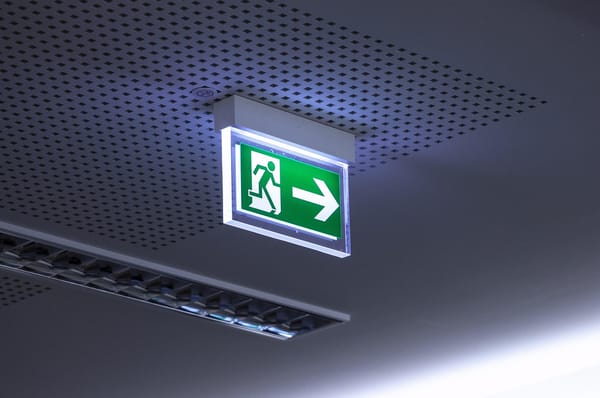Fire safety – 7 important points to include in your emergency procedures
By Michael Selinger
[Ed Note: As the hot weather sets in, it’s more important than ever to be aware of the risk carried by fire hazards and to take steps to reduce and eliminate these risks wherever possible.
Fire hazards exist in virtually every business. But how often does your business actively look to see what fire hazards may exist within your workplace, or in close proximity to it?
To identify fire hazards in your workplace, you should consider:
- potential ignition sources, e.g. heaters, lighting and electrical equipment; and
- flammable objects and material, e.g. fuel such as packaging, plastics, rubber, petrol and chemicals.
11 common fire hazards in the workplace
The following fire hazards are common to most workplaces:
- Poor storage of hazardous substances or material that could either be a source of ignition or combustion;
- Inadequate housekeeping which results in combustible material being exposed to an ignition source;
- Smoking in non-approved or unventilated areas;
- Overloading power outlets and power boards;
- Fire exits and stairs that are locked, blocked, littered or obstructed;
- Stored boxes of combustible materials;
- Stacks or piles of refuse, cardboard boxes, pallets, papers or rubber tyres;
- Coiled-up or tangled electrical cables that are plugged in;
- Fire and smoke doors propped open;
- Damaged, untagged or out-of-date tags on electrical leads; or
- Poorly maintained electrical equipment.
Below, Michael Selinger, editor-in-chief of the Health & Safety Handbook, will outline how to reduce the risks and what to include in your emergency procedures.
Have a great week…]
7 important points to include in your emergency procedures
As you welcomed in the new year you might have been lucky enough to view some of the fireworks that were set off across the nation. While the fireworks at New Year’s celebrations show the brilliance of fire at its best, it also serves as a reminder that a single spark from a worn-out power cord or something similar can have dramatic consequences.
It’s important to remember that fire is a hazard in any business. In fact, not that long ago, a fire broke out at my workplace. The cause of it was related to the air conditioning plant that was located in the level above our office, which quickly set off a plume of smoke through our office below. That incident tested the integrity of our emergency response system to get everyone evacuated as soon as possible. Fortunately, thanks to an effective response system, everyone managed to get out safely and no one was injured.
In most organisations, this response system is effective and well tested – remember that testing can be done without the need for an actual incident! But, if an incident does occur, how can you ensure that your emergency procedures will be effective?
Your emergency procedures should clearly set out the following:
- Evacuation procedures, including a safe route of escape and an assembly point;
- How to effectively respond to a fire emergency;
- Notifying emergency services, such as the MFB or CFA;
- Effective communication methods between fire wardens and workers during an emergency;
- Training workers in emergency procedures;
- Providing medical treatment and assistance; and
- How non-compliance will be dealt with, including disciplinary action.
Being proactive in relation to fire safety issues is critical in all workplaces, and the start of the year is a good time to review your fire safety system and ensure that you are doing everything you can to prevent a fire from happening in your workplace.
From the experts behind the Health & Safety Handbook, the Bulletin brings you the latest work health and safety news, legal updates, case law and practical advice straight to your inbox every week.

